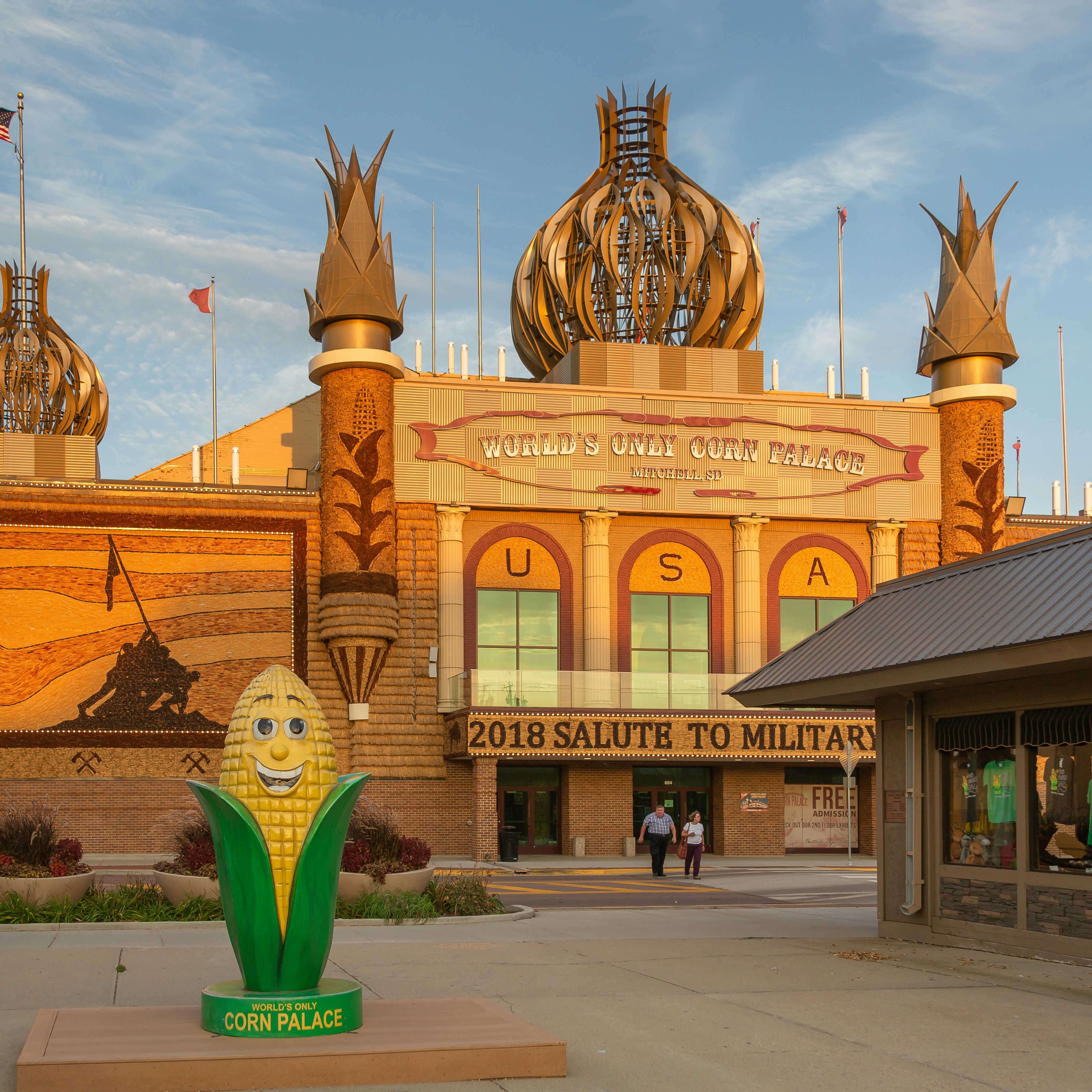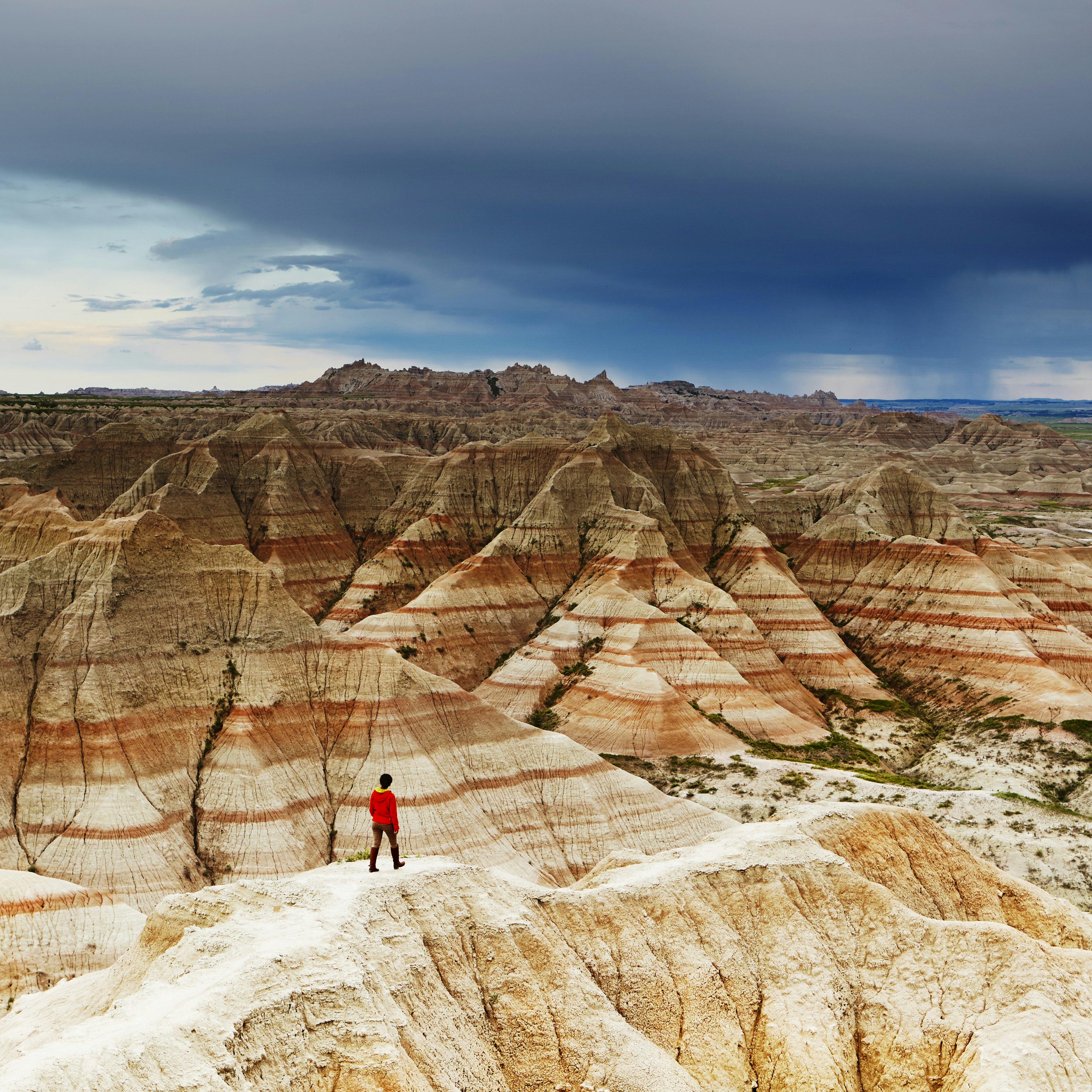

Overview
Gently rolling prairies through shallow fertile valleys mark much of this endlessly attractive state. But head southwest and all hell breaks loose – in the best possible way. The Badlands National Park is the geologic equivalent of fireworks. The Black Hills are like opera: majestic, challenging, intriguing and even frustrating. Mt Rushmore matches the Statue of Liberty for five-star icon status.
Leave the planning to a local expert
Experience the real South Dakota. Let a local expert handle the planning for you.
Must-see attractions
in partnership with getyourguide













